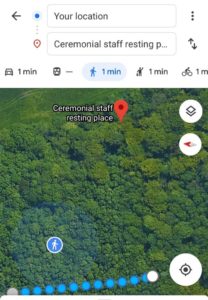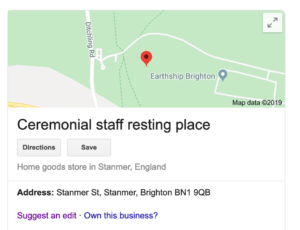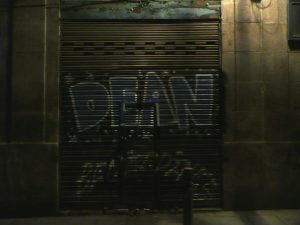Way back in October, I was invited to the inaugural Silicon Brighton event at the Eagle Labs building on Preston Circus. A series of events are planned, looking at different areas of technology. The group has three aims:
- To bring technical companies together with the town’s talent, with the aim of ‘upskilling’ both employees and companies, specifically by looking at areas and technologies that need more people.
- Providing a space to talk about the ‘future of work’, making companies more aware of what potential staff are looking for.
- Promoting Brighton as a great place for technology companies.
I’m cynical about the possibilities of Brighton’s position as a technical hub, and the promotion of ‘Silicon Beach’ (see Whatever happened to silicon beach and what are the challenges?). But there are a lot of great things about the town that keep me working in the area.
Below is a list of some of these good points. Please let me know anything I’ve missed. I’m happy to make additions, and the selection below is mostly based around what came to mind as I was writing. There is also a problem in Brighton of seeing who is doing well. For example, I have very little visibility of who is doing great things at Eagle Labs or the Sussex University Innovation centre. One thing Brighton does need is a way of broadcasting these successes better.
Companies and organisations
Much of Brighton’s reputation is built upon its vibrant freelancing/agency scene, but we do have some huge companies, with Brandwatch being one of the most interesting and successful. Other large employers include Unity and Legal and General, and there are some exciting mid-sized startups such as Incrowd and Inshur.
Organisations supporting local businesses include Wired Sussex and the local Chamber of Commerce. There are also some great initiatives in the town such as the Brighton Digital Exchange and the Digital Catapult, which is supporting a growing immersive technology scene. We also have two great universities, with thriving technology departments.
Meetups and events
Some of the national surveys that have scored Brighton highly have reflected the strength of our meet-up scene. Specific technologies such as Java, Azure, Javascript through the Async, and data science (Sussex Data Science Meetup) all have meetups. The Sussex Founders group and podcast is a particularly exciting new arrival. There are also general meet-ups, such as the weekly freelancers farm. Codebar in particular is providing free training to being more diversity into the local tech scene. Other groups working to improve diversity in the local technology industry include She says.
Brighton also has some world-class conferences, including Brighton SEO and UXBrighton. The annual Digital Festival provides a particularly important showcase for the technology/creative scene.
Coworking centres
Brighton has been a pioneer in providing decent coworking space, with the Skiff recently having its tenth anniversary. Platform 9 is a larger, more recent player. There are also accelerators such as the NatWest Accelerator, with 80 startups in the current cohort. There are definitely room for more such organisations, as each of these spaces has a very different atmosphere.
The Town
The main attraction of Brighton is the town itself. As well as the seafront and a national park nearby, there are the attractions of the North Laine. It’s a buzzing area, despite the toll gentrification has taken. There are exceptional restaurants and a range of interesting festivals, including the Brighton Festival and Fringe in May, a comedy festival etc. Brighton is also an hour from London, meaning connections with the city can be easily maintained – while having a (slightly) cheaper cost of living.
Brighton has been declared ‘the most hipster town in the world’, narrowly beating Portland in Movehub’s survey. While this was a marketing device, the towns were scored on various objective criteria, such as vegan restaurants, coffee shops and tattoo parlours. While these things might not be to everyone’s tastes, they reflect a town which welcomes new things.
Conclusion
I have written a couple of posts that are cynical about the idea of Silicon Beach. But Brighton is a great town and does have potential. The main challenge is working out how to support growth that works within the town’s limitation.
The big success in Brighton has been Brandwatch. They’ve navigated the challenges in the town and achieved momentous growth. Obviously, there is the question of whether this is an exception that proves the rule, or if Brighton can support multiple such successes. I’m hoping for the latter.



